Fifty years ago, the plight of two iconic Fiordland lakes sparked a nationwide outcry and the largest environmental campaign the country has ever seen.
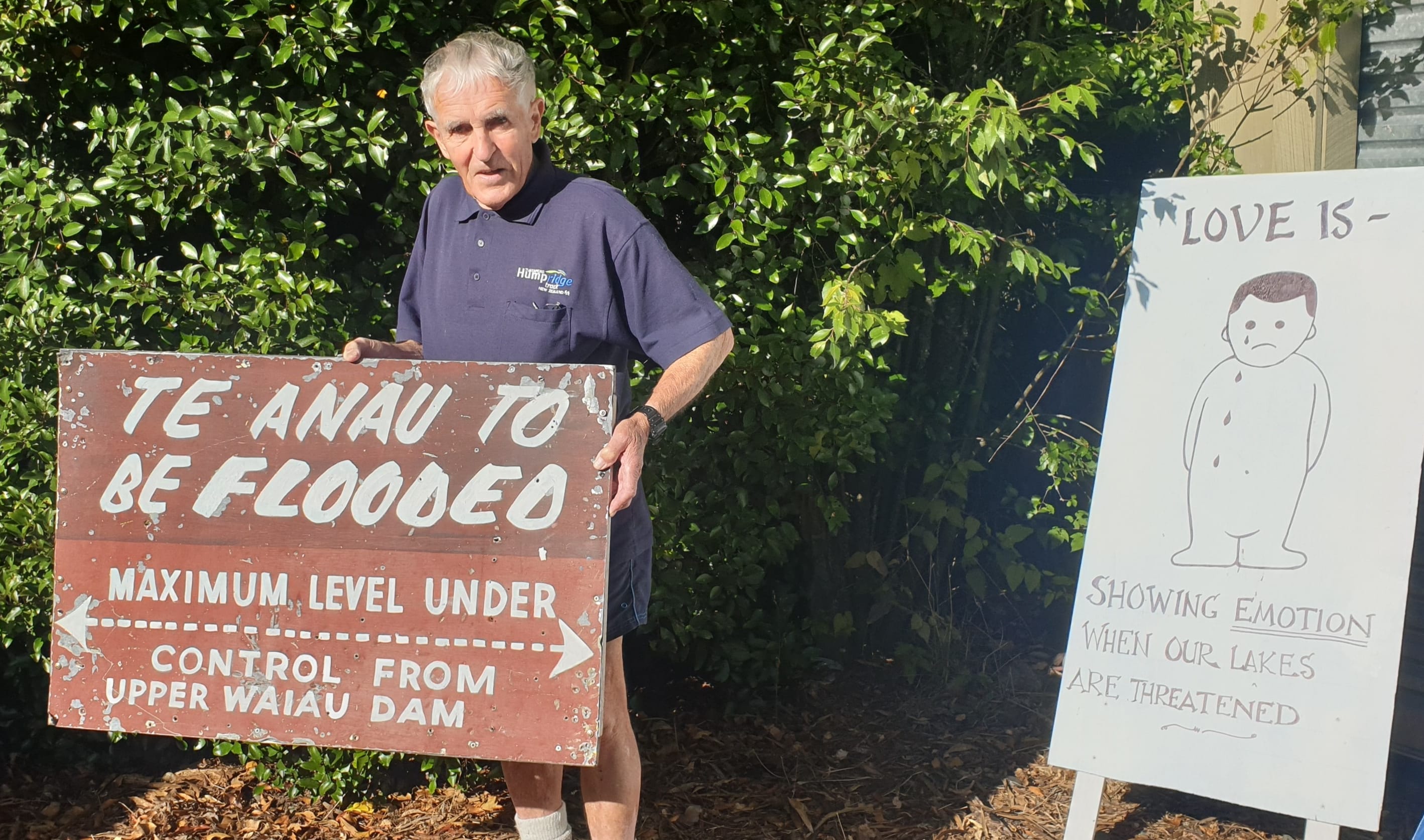
Te Anau resident Ray Willett remembers exactly what it was like fighting to protect Lake Manapouri and Te Anau from plans to raise their levels. Photo: RNZ / Tess Brunton
It all started in the late 1950s with plans to raise the levels of Lake Manapouri and Te Anau for a hydro power station.
While it started as a David versus Goliath community campaign, the tide began to turn by 1970.
John Hanlon's Damn the Dam protest ballad immortalised a nation's war cry to save its lakes.
They were fighting against a draft agreement between the government and a smelter company to raise Lake Manapouri by more than 20m, connecting it with Lake Te Anau.
Te Anau resident Ray Willett said the lakes would not be worth visiting if the scheme had gone ahead.
He remembered surging on to the streets with hundreds of others after an Invercargill campaign meeting, forcing cars to either side.
"This Jaguar car was coming along 'Drown Manapouri! Drown Manapouri,' he was yelling out the window. He had failed to notice that the traffic had stopped," Willett said.
A large crunching sound filled the air as he hit the car in front.
The applause and cheers from the crowd reverberated down the street, he said. "Poor guy."
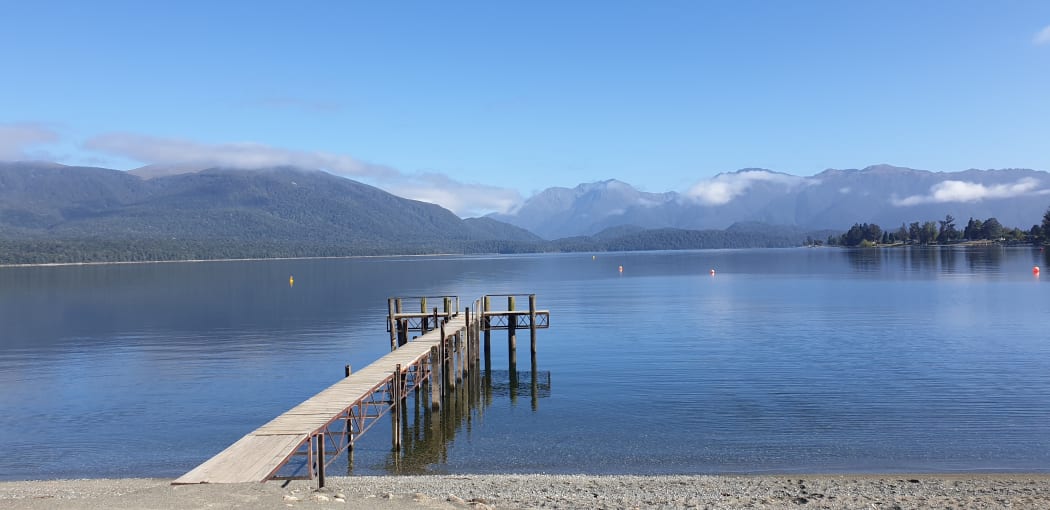
Lake Te Anau. Photo: RNZ / Tess Brunton
Sir Alan Mark supervised the first ecological studies of both lakes in 1969 and the following year.
He was determined to prevent history from repeating itself after witnessing another Fiordland lake's destruction.
"Lake Monowai had been raised about two metres back in 1926 and it was surrounded by a mass of dead standing trees. It was a real eyesore, and in fact it became a bit of a whipping boy for the Manapouri prospect at the time," Sir Alan said.
The research found Manapouri would lose its islands and suffer a similar fate to Monowai.
As the evidence mounted, the Save Manapouri campaign gathered momentum.
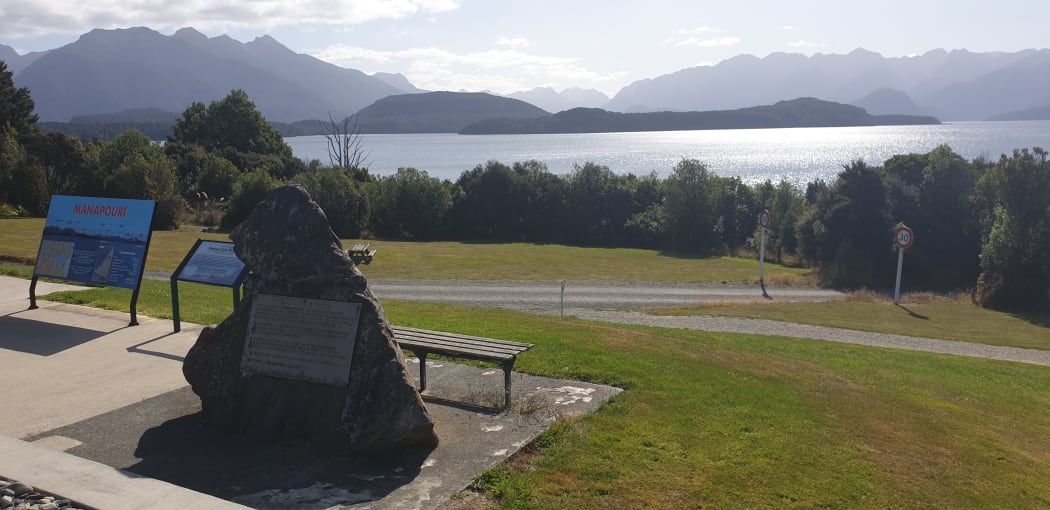
A large rock near Lake Manapouri serves as a tribute to the campaign to protect it, and marks where the water would have risen to if a proposal had gone ahead. Photo: RNZ / Tess Brunton
In 1970, a petition to save the lakes was signed by about one in 10 New Zealanders. The 1.5m-tall petition had to be wheeled into Parliament.
Ray Willett said the Labour Opposition's pledge to save the lakes ahead of the 1972 election was a factor in their landslide victory.
He and his wife remembered listening to then National Party prime minister Jack Marshall's concession speech with glee.
"Helen, remember I came three feet off the carpet. I was waiting, bated breath. 'We underestimated Manapouri', and I'm pretty confident that they were the exact words, and precisely said. It was a magical moment."
The Guardians of the Lakes were set up by 1973 to ensure the lakes were protected.
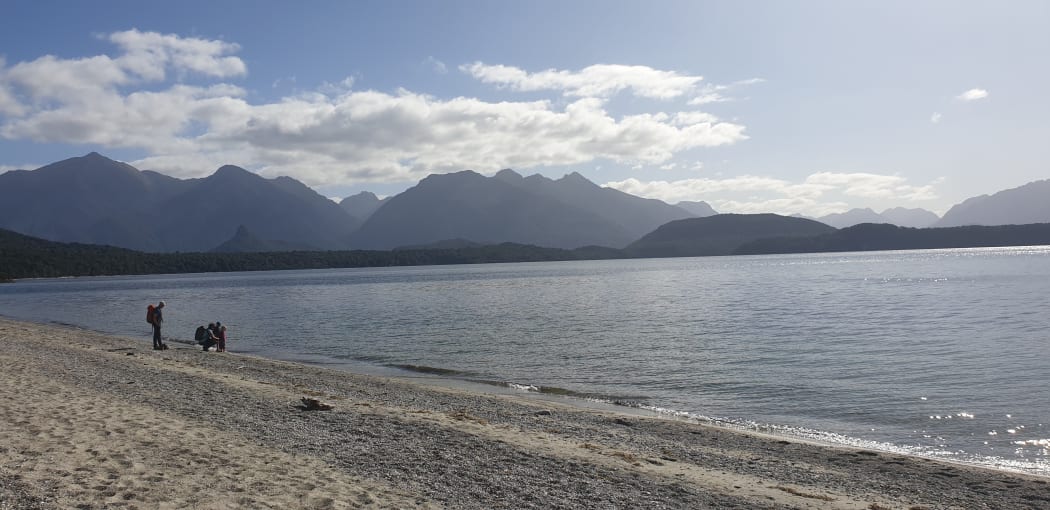
People walk along the shore of Lake Manapouri. Photo: RNZ / Tess Brunton
Former guardian Mason Stretch said the campaign changed the course of history.
"That whole campaign was a real watershed in saying 'yep, progress has its costs'. So you don't have to take all that away in order to achieve positive outcomes for an environment and also positive outcomes in terms of electricity generation, and benefits for the country," he said.
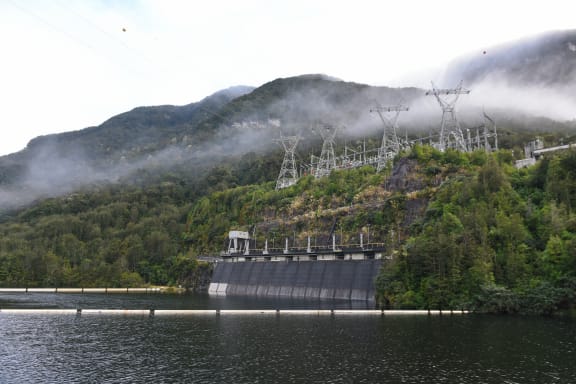
Manapouri Power Station on the western arm of Lake Manapouri. Photo: 123rf
Sir Alan Mark said they achieved a world-first against the odds - building a major power station while keeping lakes in largely their natural state.
"That's what we've achieved in Manapouri and Te Anau - integrating conservation with development and the lakes remain essentially in their natural state. But are being used to generate a massive amount of electricity, 12 percent of New Zealand's total electricity generation is coming out of the Manapouri Power Station," he said.
Looking out over Lake Manapouri, a large rock serves as a tribute to the campaign and marks where the water would have risen to if the proposal had gone ahead.
Campaigners will celebrate the watershed moment in Manapouri and Te Anau this weekend.


